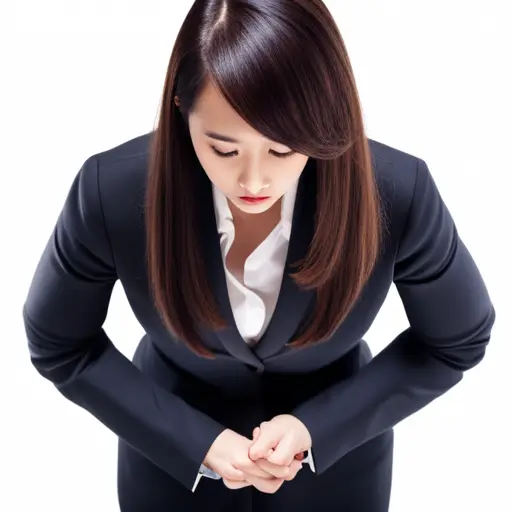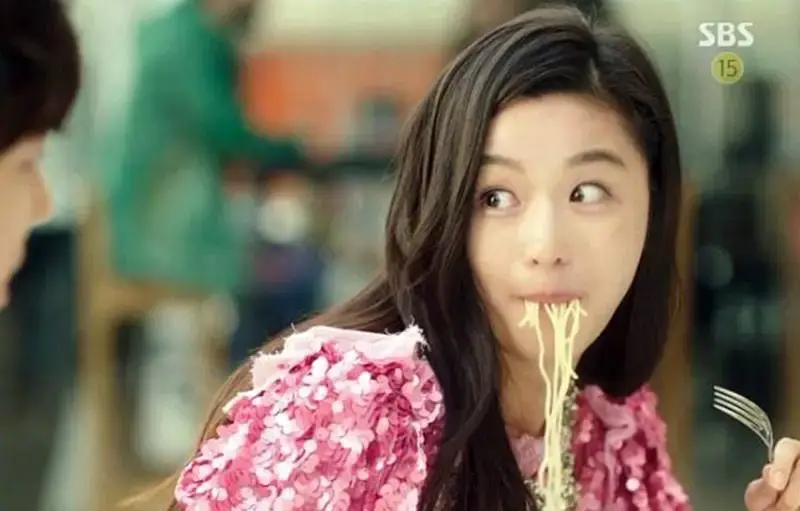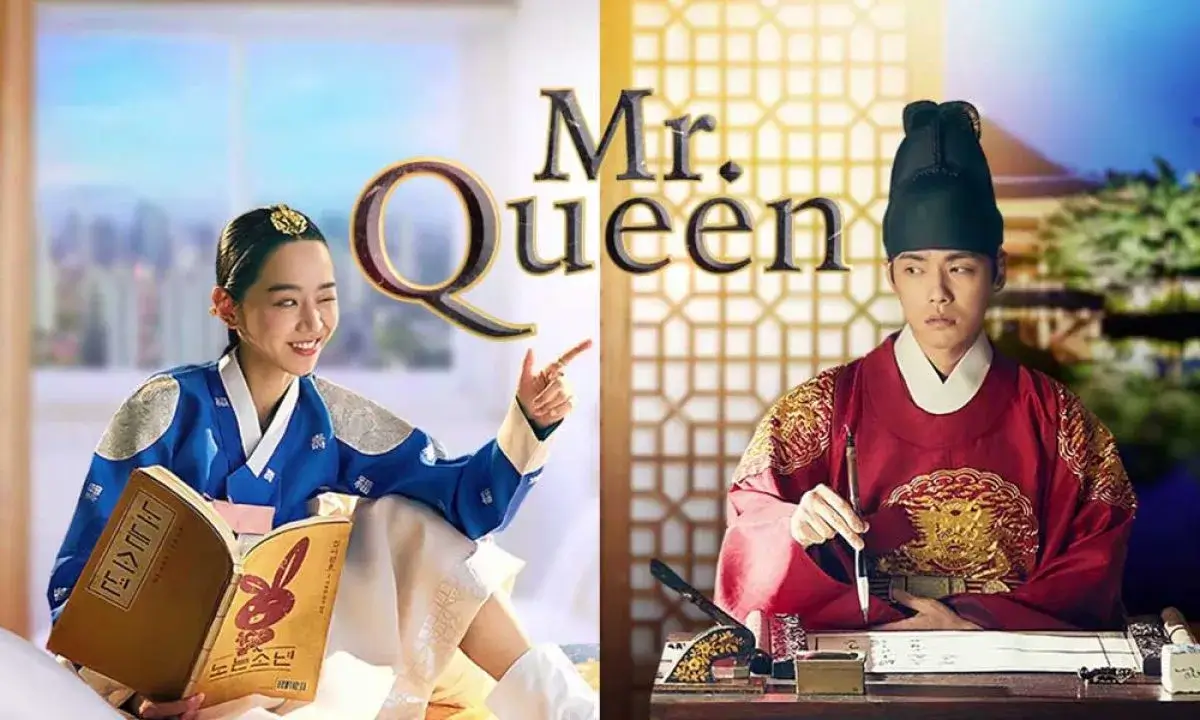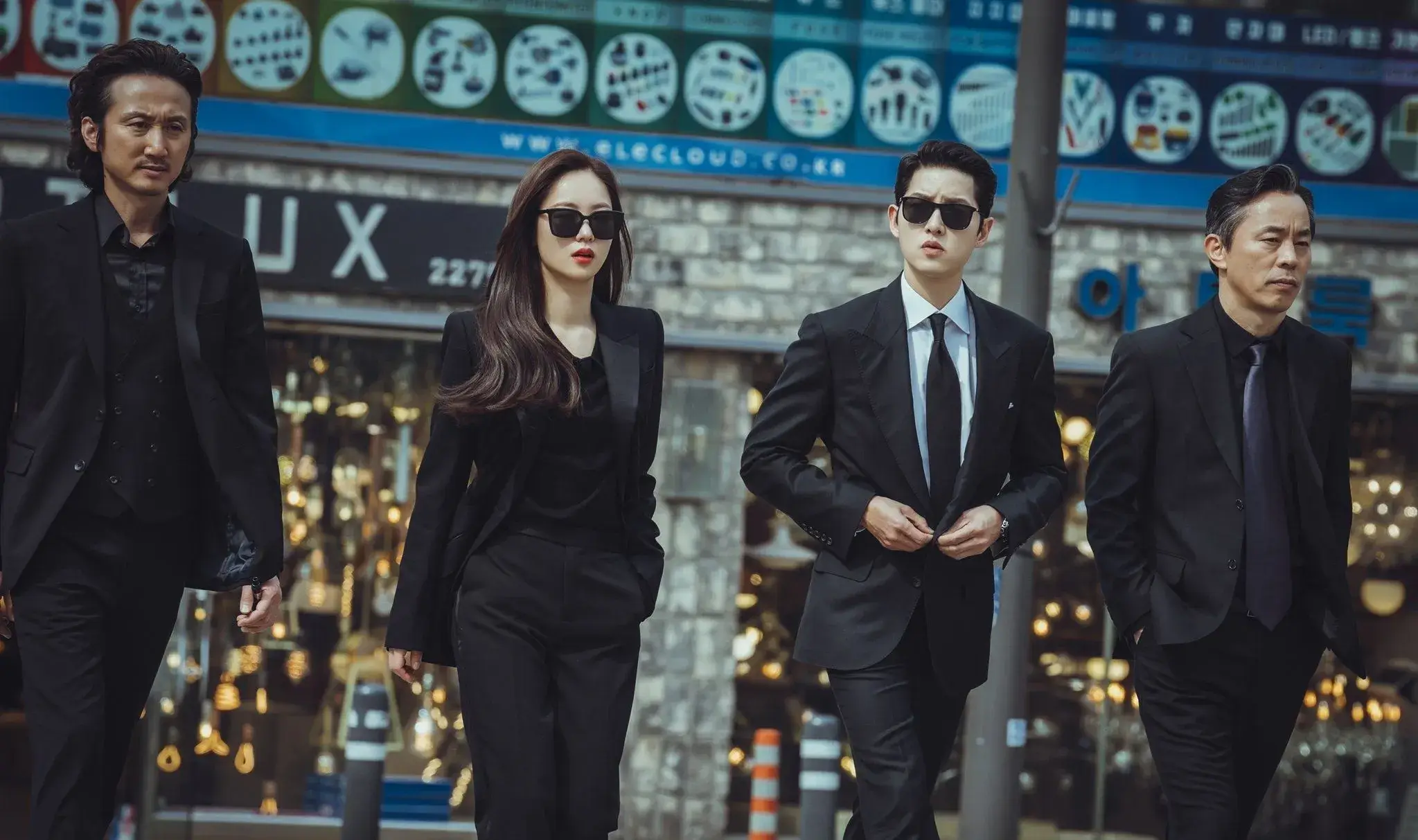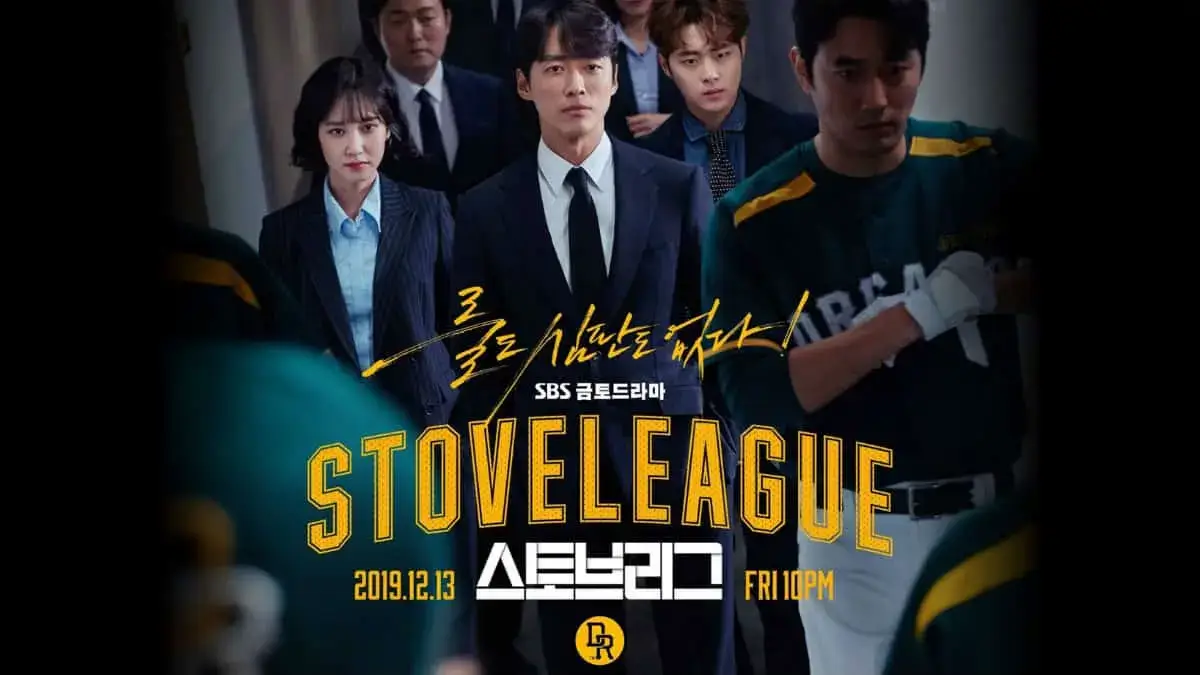You may have noticed that characters in k-dramas often bow to each other as a sign of respect. But what’s the meaning behind this traditional gesture? In Korean culture, bowing is an important aspect of daily life, and it conveys a wide range of meanings depending on the situation and the person you’re bowing to.
In Korea, bowing is a sign of respect, gratitude, and apology. It’s a way to show someone that you value and appreciate them, and that you’re willing to humble yourself before them. In many situations, bowing is expected as a sign of good manners and social etiquette. For example, when you meet someone for the first time, it’s customary to bow as a sign of respect and acknowledgement.
In K-dramas, characters often bow to each other as a way to show respect, gratitude, or apology. For example, if a character is thanking someone for their help, they might bow deeply to show their appreciation. Similarly, if a character has made a mistake or done something wrong, they might bow as a sign of apology and humility.
Bowing is also used to convey different levels of respect or hierarchy. In Korea, there is a strong emphasis on seniority and age, and this is reflected in the way people bow to each other. The deeper and longer the bow, the more respect and deference is being shown. For example, a junior employee might bow deeply and hold the bow for a longer period of time when greeting their senior colleagues. Similarly, children are expected to bow deeply to their elders as a sign of respect.
There’s a LOT of bowing going on in most K-dramas. Here are three examples when bowing helped us learn more about the characters on our screens:
- Crash Landing On You – In this drama, North Korean soldier Ri Jeong-hyeok (played by Hyun Bin) bows deeply to his superior officers as a sign of respect and obedience. This type of bow is often seen in military settings, where hierarchy and respect for authority are very important.
- Itaewon Class – In this drama, Park Sae-ro-yi (played by Park Seo-joon) bows deeply to the family of a man who was killed in a tragic accident. His bow is a sign of apology and humility, as he takes responsibility for the accident and tries to make amends with the family.
- Start-Up – In this drama, Seo Dal-mi (played by Bae Suzy) bows deeply to her grandmother as a sign of respect and gratitude. Her grandmother raised her and her sister after their parents divorced, and Dal-mi is thankful for all that her grandmother has done for her. Her deep bow shows the depth of her feelings and the importance of their relationship.
There are also different types of bows in Korean culture, each with their own meaning and purpose. The most common type of bow is the “jeol” bow, which involves bending the upper body from the waist while keeping the legs straight. This is the type of bow you’ll see most often in K-dramas, and it’s typically used to show respect and gratitude.
Another type of bow is the “chukbae” bow, which involves kneeling on the ground and bowing deeply with the forehead touching the floor. This type of bow is reserved for special occasions, such as weddings or funerals, and it’s considered the highest form of respect and deference.
Overall, bowing is an important aspect of Korean culture, and it’s a way to show respect, gratitude, and apology. In K-dramas, characters often bow to each other as a sign of good manners and social etiquette, and it’s a way to convey hierarchy and respect for age and seniority. So the next time you watch a K-drama and see characters bowing to each other, you’ll know the deeper meaning behind this traditional gesture.

